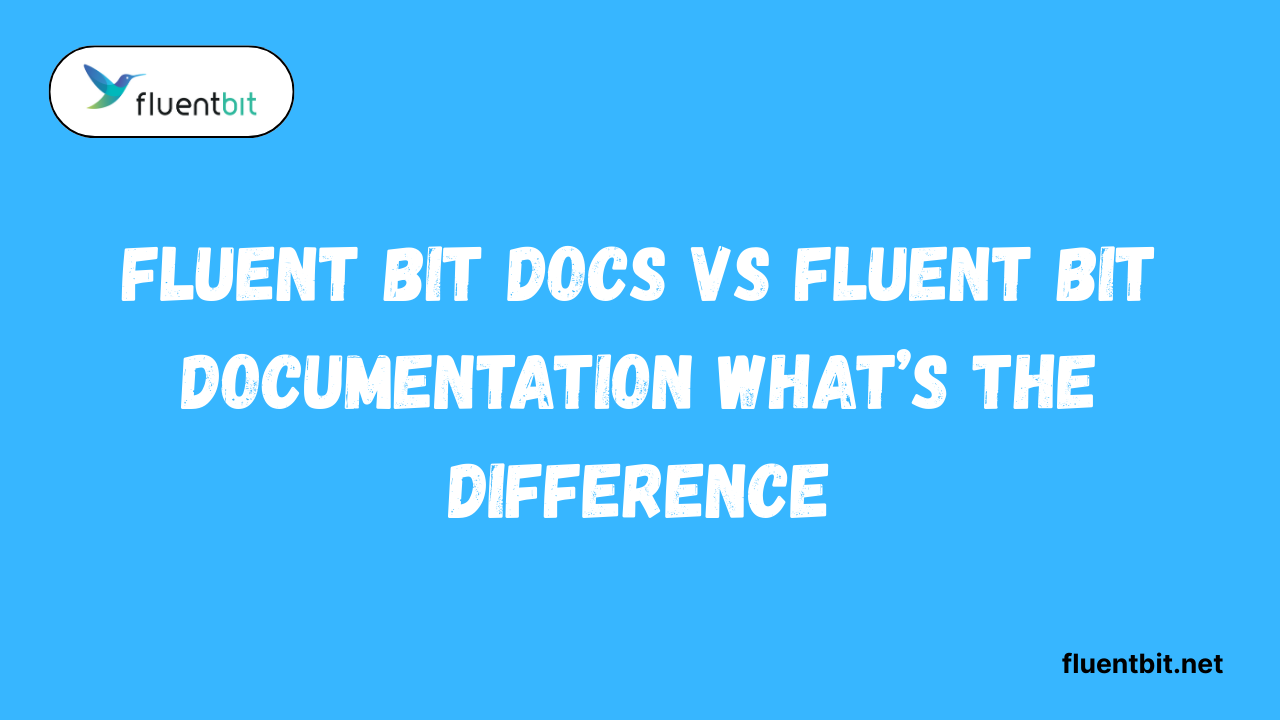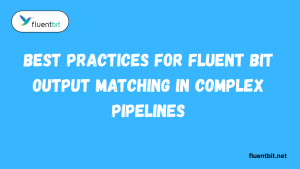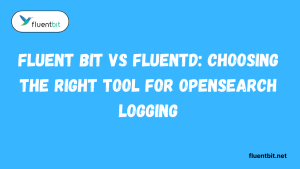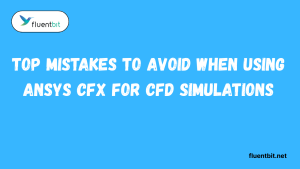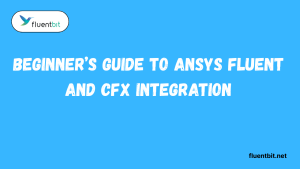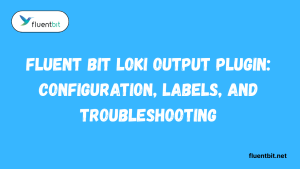Table of Contents
ToggleIntroduction
If you’ve ever dipped your toes into logging and data collection, Fluent Bit is like that handy sidekick you never knew you needed. It’s lightweight, fast and just so smart at collecting, processing, and forwarding logs from all sorts of sources. But you might have wondered, what’s the difference between Fluent Bit Docs vs Documentation.
Whether you’re running a small project or a massive cloud setup, Fluent Bit ensures your data doesn’t just sit around;
Overview of Fluent Bit as a logging and data collection tool
Fluent Bit is a lightweight, highly efficient logging and data collector designed to move data from multiple sources to various destinations without slowing down your system. It’s like having a personal assistant for your logs! What makes it even more amazing is its flexibility. You can adjust the Fluent Bit chunk size and buffer size to suit your workload, ensuring that your data flows smoothly without interruptions.
Importance of proper Documentation for users and developers
Good Documentation can feel like a safety net for anyone using a Complex Tool like Fluent Bit. It’s not just about knowing the commands; it’s about understanding why and how things work.
What Are Fluent Bit Docs and Fluent Bit Documentation?
Here’s where things get a little confusing for newcomers: Fluent Bit has both “Docs” and “Documentation,” and they serve different purposes. Think of Docs as quick cheat sheets, while Documentation is the complete instruction manual. Knowing the difference saves time and keeps you from flipping through the wrong resource.
Defining Fluent Bit Docs: Quick References and Guides
- Provides official documentation for Fluent Bit, a lightweight log processor.
- Includes quick-start guides for easy setup and deployment.
- Offers detailed references for configuration options and plugins.
- Contains troubleshooting tips and best practices for logging pipelines.
- Helps developers and system admins integrate Fluent Bit efficiently.
Defining Fluent Bit Documentation: Comprehensive manuals
Fluent Bit Documentation is akin to an encyclopedia of everything Fluent Bit. It covers the full scope of the software from architecture to configuration to advanced plugins. If you want to understand how Fluent Bit’s chunk size affects performance or how its buffer size interacts with data flow, the complete documentation provides clear explanations. It’s perfect for deep dives and learning all the nuances.
Key differences between Docs and Documentationa
The main difference? Depth and purpose. Docs are quick, practical, and easy to skim. Documentation is thorough, detailed, and intended for comprehensive understanding. Think of Docs as a quick coffee break and Documentation as a full training session. Docs are great for adjusting settings like Fluent Bit’s buffer size or consulting a Fluent Bit tutorial snippet.
Why Understanding the Difference Matters: Fluent Bit Docs vs Documentation
Knowing the difference between Fluent Bit Docs and Fluent Bit Documentation can save you a lot of time and headaches. When you know which resource to use, you can get straight to the solution instead of scrolling endlessly through irrelevant pages. This clarity makes working with Fluent Bit more efficient and less stressful. It also helps you make smarter decisions when configuring your system.
Enhancing productivity for developers
Fluent Bit Docs are perfect for developers who want fast answers. Need to tweak a Fluent Bit buffer size setting or quickly check a plugin? Docs provide you with concise instructions, allowing you to get back to coding without interruptions. Meanwhile, Documentation provides the deep dive you need to prevent future mistakes. By combining both, developers can learn quickly and avoid the need for repeated trial and error.
Improving troubleshooting efficiency
When logs misbehave, knowing which resource to consult first is a game-changer. Docs give immediate solutions for common issues, while Documentation explains root causes and advanced fixes. For example, if Log Delays Occurs due to Fluent Bit chunk size, Docs might show a quick adjustment, but Documentation explains why that setting affects performance. Using both together along with a detailed FluentBit tutorial can dramatically reduce troubleshooting time.
Optimizing Learning Resources for Teams
- Identify team skill gaps to focus on the most relevant learning materials.
- Use centralized platforms for easy access to guides, tutorials, and references.
- Encourage collaborative learning through shared notes, discussions, and workshops.
- Track progress and adjust resources based on team performance and feedback.
- Include both quick-reference guides and in-depth tutorials for varied learning needs.
How to Access Fluent Bit Docs and Documentation
Getting to the right resource is easier than you think. Both Docs and Documentation are available online and updated regularly, so you always have the latest info at your fingertips. Whether you’re checking Fluent Bit chunk size settings or reviewing Fluent Bit buffer size recommendations, knowing where to find the guidance is crucial.
Navigating the official website
The official Fluent Bit website organizes documentation into separate sections. Docs are designed for quick browsing, while Documentation is more structured and searchable for in-depth topics. You can easily find Setup guides, Plugin explanations and Performance tips, including advice on Fluent Bit chunk size and Fluent Bit buffer size.
Using GitHub repositories
Fluent Bit’s GitHub repositories are another valuable resource. Here, you can explore code, report issues, and access community-driven tutorials. Docs and Documentation links are often embedded, providing both quick guidance and detailed explanations.
Understanding online vs offline resources
Most Fluent Bit resources are online, ensuring they’re always up to date. However, offline Documentation is available for situations with limited internet access. Knowing the difference helps you plan your learning and troubleshooting workflow. Online Documents are perfect for quick checks, while offline Documentation supports in-depth reviews or training sessions.
Features Comparison: Docs vs Documentation
When it comes to Fluent Bit Docs vs Fluent Bit Documentation, the difference feels like flipping between a cheat sheet and a complete textbook. The Docs provide a concise overview, perfect when you just need a quick answer. On the other hand, the Documentation goes into every tiny detail, covering things like Fluent Bit buffer size or Fluent Bit chunk size in depth.
Depth of content: Overview vs detailed explanations
Docs are like a quick coffee chat, they tell you the essentials. If you’re trying to find a fast configuration sample, Docs are your go-to. Documentation, though, is the sit-down dinner; it dives into everything, from plugin details to memory handling. This means that if you just want to quickly adjust your Fluent Bit buffer size, the documentation is enough.
Format and usability: Quick tips vs structured guides
The formatting is another big difference. Docs are lightweight, featuring easy-to-follow tips and concise snippets. They’re super handy when you’re working on a project and don’t want to scroll for ages. Documentation is more structured. You’ll find complete guides, flowcharts, and longer explanations.
Frequency of updates and versioning
Docs are usually updated more frequently since they serve as quick references. If a new feature pops up, you’ll likely see it reflected in the Docs first. Documentation updates might lag a little, but they’re thorough. Every change, version note, and new plugin detail eventually finds its way there.
Best Practices for Using Fluent Bit Docs
If you want to work smarter, not harder, knowing how to use Fluent Bit Docs makes life so much easier. They’re the best spot for quick lookups helping you avoid time wasted digging around. Docs are not just for beginners; they’re super helpful for seasoned developers too.
Quickly finding configuration examples.
One of the biggest perks of Docs is their ready-to-use examples. Say you need to adjust your Fluent Bit buffer size. Instead of scrolling through lengthy manuals, you can grab a configuration snippet directly from the Docs and test it instantly.
Leveraging quick-start guides for new projects
Quick-start guides in the Docs are like little lifesavers. They let you set up things quickly without stressing about missing steps. If you’re just starting with a FluentBit tutorial, these guides are a perfect match.
They cover the essentials while leaving space for you to explore deeper in the Documentation when you’re ready.
Using search and filter features efficiently
The search bar is your best friend in Fluent Bit Docs. By typing a keyword like fluent bit chunk size, you’ll land exactly where you need without scrolling endlessly. Filters also help refine results, so you find the right guide fast.
It saves a significant amount of time and keeps your workflow smooth.
Conclusion
Fluent Bit Docs and Fluent Bit Documentation are like two best friends with different personalities; one is quick and snappy, the other is deep and thorough. If you’re in a rush to check a config snippet or adjust settings like fluent bit buffer size or fluent bit chunk size, the Docs are your shortcut.
However when you’re learning, troubleshooting, or diving into a full FluentBit tutorial the Documentation is the long read that provides the whole picture. The smartest approach? Use them together.
FAQs
What is the primary purpose of Fluent Bit Docs?
Fluent Bit Docs are designed to give you quick, easy-to-digest information. They’re perfect when you just want a quick reference or need to set values like Fluent Bit buffer size without diving too deeply.
How is Fluent Bit Documentation different from Docs?
Documentation is more detailed and structured. It explains the why behind the settings like how fluent bit chunk size impacts memory, while Docs just give you the how.
Which one should I use for troubleshooting errors?
Start with Docs if you need a quick fix. However, for more extensive troubleshooting or performance tuning, the documentation provides step-by-step guidance.
Can I rely solely on Docs for advanced configurations?
Not really. Docs are great for basics and fast answers, but advanced tasks like building a Fluentbit tutorial or handling complex routing are better covered in the complete Documentation.
How often are Docs and Documentation updated?
Docs are usually updated more frequently, especially for new features. Documentation takes a bit longer but provides a more detailed version notes and examples.
Are there offline versions of Fluent Bit Documentation?
Yes, you can download and use it offline, which is particularly handy if you’re working in a secure or restricted environment.
Latest post”
- Best Practices for Fluent Bit Output Matching in Complex Pipelines
- Setting Up Fluent Bit with Open Telemetry for Unified Observability
- Fluent Bit vs Fluentd: Choosing the Right Tool for OpenSearch Logging
- How to Use fluent-plugin-opensearch for Fluentd Pipelines
- Is Ansys Fluent Better for Complex Fluid Flow Simulations?

